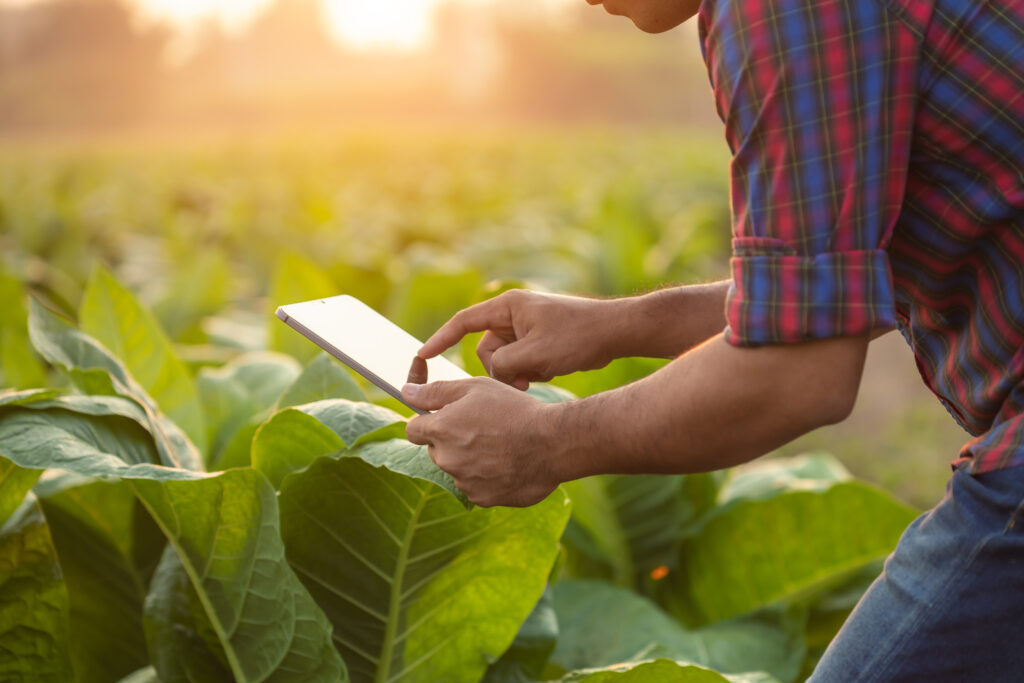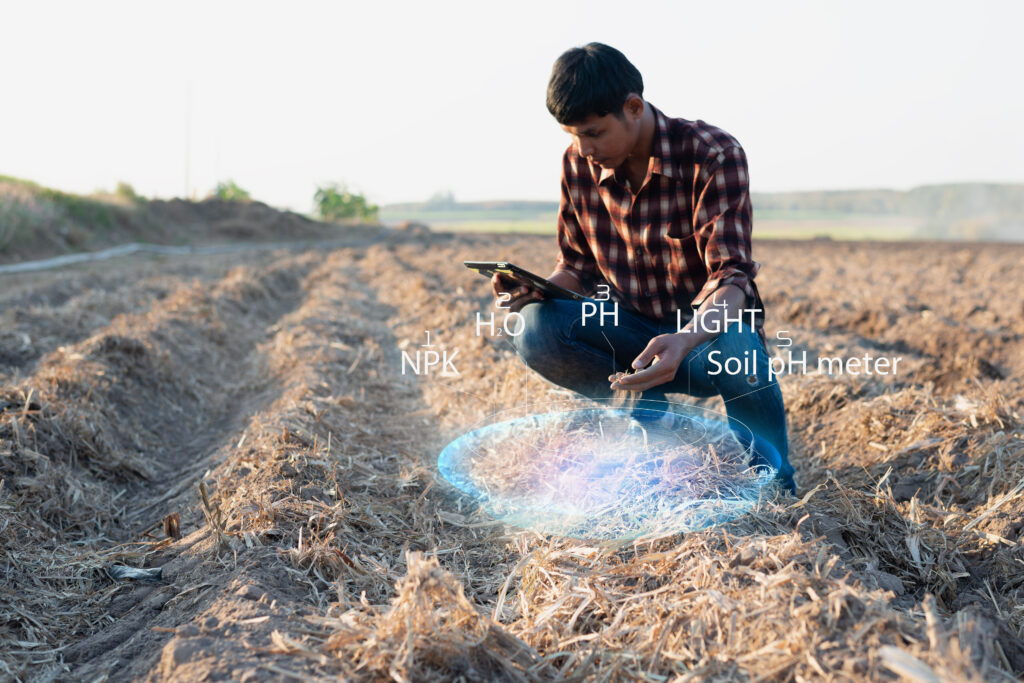Technology is transforming every single aspect of our lives in the modern age, and gardening is no exception. Imagine a world where your indoor plants communicate their needs to you, where real-time data dictates your plants care routines and where you can receive alerts when your plant requires attention. This isn’t some science fiction book, it’s real, and it’s happening now, brought to life by smart plant tags and the Internet of Things (IoT). We’re going to dive deep into the fascinating realm of smart plant tags and explore how IoT advancements are reshaping the way we care for indoor plants.

The Rise of Smart Plant Tags
Gardening has been an art for years that intertwines nature and human touch. The advent of smart plant tags is revolutionizing how gardeners take care of their plants by introducing cutting-edge technology to their gardens. These smart markers combine the art of horticulture with the science of data analytics, creating a harmonious blend of innovation and plant species.
It’s hard to comprehend the magic that these smart plant tags bring to gardening, but it’s crucial to grasp the concept of The Internet of Things (IoT). IoT Refers to a network of interconnected devices that communicate and exchange data through the internet. This technology has applications in many fields, from Healthcare all the way to transportation, and is now making its mark in gardening, many of which are indoors.
How Smart Plant Tags Work
At the heart of any smart plant tags are sensors that gather data on the plant it is assigned to. The sensors monitor many things, like moisture level, light intensity, temperature, and humidity. These are things that Gardeners of old could only have dreamed of. This collected data is transmitted to a central hub on the user’s smartphone or even through Bluetooth. Many manufacturers have a dedicated mobile app through which you can access this real-time information about your plants well-being. Many sensors can allow the user to receive alerts when conditions require attention that might be preset on the device. There are quite a few advantages of incorporating these smart plant tags into your outdoor or indoor gardening routines.
- Accurate Monitoring: Forget the guesswork. these smart plant tags can provide accurate and extremely reliable data to any gardener, giving insight on how your plant is doing at any moment in time.
- Real Time Alerts: You’ll never miss a Beat with real-time notifications. You can receive alerts when your plant needs watering, is receiving two little sunlight, or even requires a change in its environment.
- Data Driven Care: Instead of relying on a one size fits all approach, you can tailor your routines based on actual data coming from the tags. smart plant tags Empower gardeners to help provide personalized care for every plant that they put in the ground.
- Remote Management: Whether you’re working at the office, in Florida on vacation, or simply too busy, you can always keep an eye on your plants remotely. it’s incredible that we live in a day and age where we can monitor our Gardens from anywhere as long as we have an internet connection, giving us peace of mind and convenience.

Ease of Use and User-Friendly Interfaces
The amazing thing about smart plant tags lies in their simplicity. modern day smart tags come with intuitive mobile apps that provide easy to understand data visualizations. Most of the apps on the market include real time graphs and charts that help illustrate Trends over time, so you know the health trajectory that your plant is headed towards. Who needs manual plant tags when you can get something that is a little more expensive, but could save you in the long run.
No one can deny the benefit of using smart plant tags, but it’s important to know what you’re getting yourself into. The initial setup often has a steep learning curve if you don’t know what you’re doing. It’s a good idea to watch videos online regarding your specific make and model. Many of these systems rely on batteries, and it’s important to know how long your tag might last so you can always have an accurate reading and never skip a beat. You also must ensure that the tag system you choose is compatible with the type of plants that you’re growing, otherwise, you’re shooting yourself in the foot.
Real Life Success Stories
The impact that smart plant tags have goes beyond mere mention. Many indoor and outdoor gardeners have experienced the great effects of IoT technology firsthand. This technology prevents thousands of plant deaths each year due to owner neglect and brings high yields to gardeners across the country. We’ve heard nothing but great things from our colleague Tom in Georgia about smart tags working in humid climates. Tom Dean, a longtime friend of mine and the owner and operator of contrcator inc told me he has had great success using a smart plant tag to help grow his outdoor fern. These types of plants live in hostile and uncertain environments, and when you own one yourself, you might forget when to water it. Tom recommends keeping the setting on his plant tag to monitor when to water his fern for optimal growth.
The Future of Indoor Gardening
The Journey of smart plant tags is just beginning. As our technology rapidly advances and evolves, i’d like to think that the features of these devices are endless. I have read articles on AI-driven tags coming to the market, and this could soon revolutionize this industry and put those that make regular plant tags like myself out of business for good. The future hold endless possibilities for everyone’s gardening experience, but it’s safe to say that smart plant tags will not be going away anytime soon.